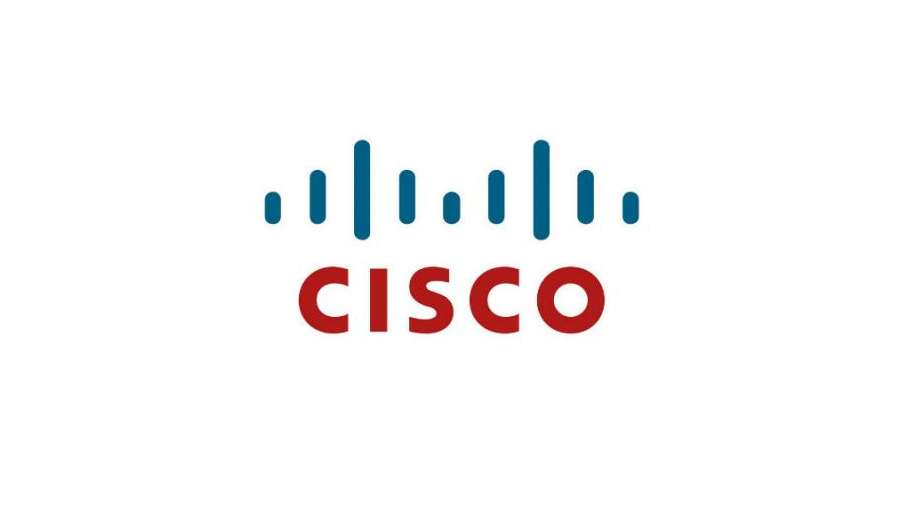CES 2018: Cisco Rolls Storage Smarts to Cloud DVR

From traditional MVPDs to a new and expanding breed of OTT TV providers, the cloud DVR is becoming an increasingly important weapon in their video service arsenals.
READ MORE: Complete Coverage of CES 2018
While cloud DVRs deliver some significant consumer benefits – allowing consumers to access their recordings remotely, for instance, -- it also presents some major technology challenges for providers with respect to bandwidth and storage requirements.
RELATED: fuboTV Launches ‘Advanced’ DVR
In the U.S., for example, the law requires providers to create private, individual copies of each show, movie or sporting event that a customer records on those cloud DVR systems – that translates to inefficiencies that require a lot more storage than they would require if shared copy access to DVR recordings were allowed.
Some providers are getting around some of these storage issues with hybrid systems that pair single copy access on some individual shows or channels with shared access to others.
For shared access scenarios, the show or movie effectively becomes a VOD asset that is subject to restrictions (like the disabling the ability to fast-forward through advertisements) that aren’t present when a single copy of a show – accessible only to the subscriber – is made and stored in the cloud DVR. And those hybrid systems aren’t always about the storage requirements – some also tie into the contractual limitations between MVPDs and their programming partners.
RELATED: YouTube TV’s Cloud DVR Has a Catch
While limiting storage on the cloud DVR system is one way to solve for that issue, Cisco Systems is taking a different approach to the challenge with “Smart Streaming,” a technique that highly optimizes how video is encoded, packaged and stored on cloud DVR systems.
Smart Streaming, a technology that Cisco originally applied to live video streaming, takes a frame-by-frame review of the complexity of a video, Ramin Farassat, director, product line management and product marketing for Cisco’s Service Provider Platforms & Applications unit, explained here Thursday (Jan. 11) during CES at the company’s ballroom at The Wynn.
Based on the video’s complexity, the analysis gives those frames a score of 1 to 10 – with 10 meaning it’s highly complex and, therefore, requires many more bits than less complex video that, for example, would get a score of 1 or 3.
The beauty of that granulized approach, Farassat said, is that those scores and the bit rates assigned to each chunk of video doesn’t impact the quality of the image.
And that approach is a lot different than how widely-used adaptive bit rate (ABR) technologies work today. ABR assigns different bit-rate profiles to a video asset so that the stream can adjust to the fluctuations in the quality of the broadband connection and the kind of screen it’s being viewed on (a smartphone versus a TV-connected device, for instance, but the bit rate for each of those individual profiles remain constant. By comparison, Smart Streaming varies and optimizes the bit rate for each individual chunk of video.
RELATED: Nonprofit Launches NY TV Station Streaming Service
“That saves a lot of bandwidth,” Farassat said. “And in the case of the cloud DVR, it saves a lot of storage.”
How much is a lot? In this instance, Cisco estimates that Smart Streaming can result in cloud DVR storage savings of between 30% to 40% -- improving on the 20% to 30% savings on the bandwidth requirements Cisco’s been able to squeeze out when the technology is applied to live video.
Farassat, an exec who is late of video tech companies such as Conviva and RGB Networks (sold to Imagine Communications in 2015) attributes that difference in efficiency to the fact that the system, the cloud DVR scenario, has more time to run the analysis and write the recording to disc than it does when encoding and distributing live video.
Cisco has customers using Smart Streaming for the live use-case, but has just recently adapted it to its cloud DVR product. Cisco hasn’t identified any partners that intend to use the cloud DVR-optimized version of Smart Streaming. The company does have about 20 cloud DVR customers around the world, including YES in Israel.
Here at CES, Cisco also demonstrated a cloud DVR “upsell” concept that uses analytics to detect if a subscriber is likely to run out of storage. If the sub is at risk of running out, the system can be made to send out an alert and ask customers if they want to pay for a storage upgrade.
Broadcasting & Cable Newsletter
The smarter way to stay on top of broadcasting and cable industry. Sign up below
